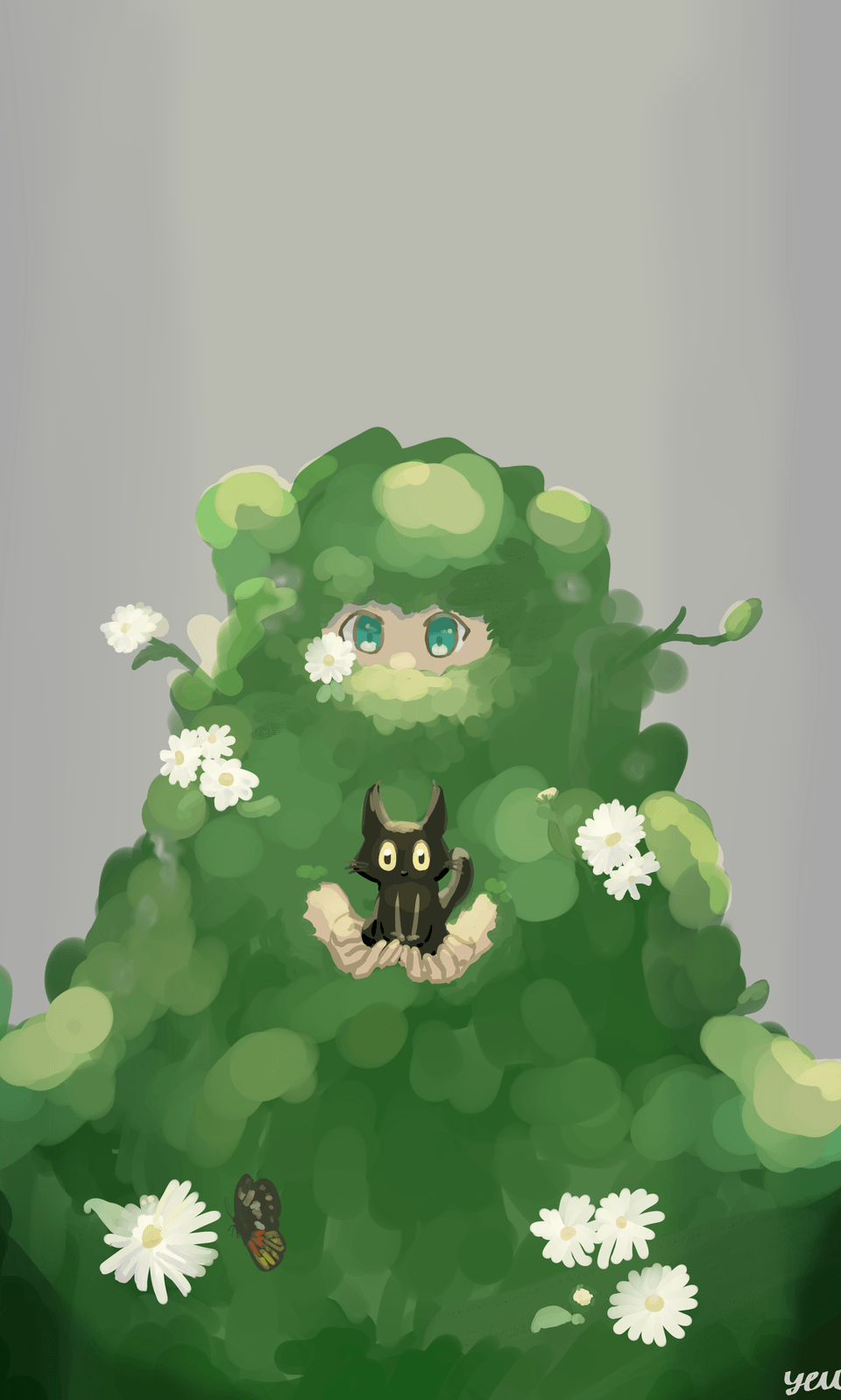Beginner's Guide to Comic Style Shading
Introduction
Want to learn how to shade your drawings in western comics style? Then this beginner's guide is for you!
I won't get into the nitty gritty of different kinds of shading like hatching as well as complex techniques and such. This is pretty much a guide for those who are just starting out with shading their drawings in western comic book style, which involves the use of a lot of blacks to indicate harsh shadows. I hope you enjoy this guide as much as I enjoyed making it!
1. Make a drawing / Open a drawing
It's always best to make your own drawings for this because you get to have control over the design and practice with it. Though, you can definitely practice with drawings other than your own.
For this part, I readied my own drawing as well as the preset pose from Clip Studio Paint which I used for the character. I changed the lighting on the pose to reflect the light source that I will be using as basis for the shading.
2. Pick a light source
Choose where the light should be coming from. As with the previous instruction, I used the preset 3D pose as a guide and changed the lighting there to match my chosen light source. It is important that you keep your light source in mind at all times.
3. Use the lasso fill tool
The lasso fill tool will be your best friend for shading in comic style. This will allow you to fill areas in whatever shape you need it to be. Change the stabilization to suit your needs as well as the aliasing.
4. Use the lasso fill tool to make shadows
Always keep in mind the light source when you're drawing shadows. In this case, the light source is in the upper right corner, so the shadows should be somewhere in the lower left corner. You may need to do some trial and error to get to where you're satisfied with the shading. Just make sure you keep the shadow direction generally consistent so there will be no confusion as to where the main light source is.
5. Leave the edges where the shadows would be unshaded
See that white part there? Think of it as an extra little light source coming from somewhere else. It will help make the shadows more three dimensional as opposed to being flat, as what happens when you just shade completely in black all the way towards the edge.
6. Shade in the eyes
Without pupils, the eyes appear dead. So add the pupil as well as black shading over it where the eyelids would cast a shadow.
7. Add catch lights over the pupils
Catch lights are the reflection of lights in the eyes. Adding them to the pupils makes the eyes come to life. Be sure to add the catch lights in the direction of your chosen light source.
8. Continue to ensure that the edges remain unshaded
As with what we previously did with the hair earlier, make sure that the edges of the shadow are unshaded.
9. Follow along any crease or contour and shade appropriately
Still keeping in mind the light source, shade along the shapes, contours, creases or ripples of the image. Make sure the edge of the shadows are unshaded. In the case of the image above, the forearm's edge is unshaded. This separates the forearm from the upper arm, creating an illusion of depth.
10. Add minimal shadows to the body
Unless your character is in a darkened room, there's little need to shade the body. For this drawing, the character is in a relatively lit room. Just make sure to add shading in certain areas like the ears, neck, and sometimes the underside of the nose.
Finished!
And it's done! I hope this beginner's guide paves the way for you learning more about comic style shading techniques. I also still have a lot to learn and I'm eager to delve into more complex shading. Who knows, maybe I'll make a tutorial of it one day. But for now, this is it for me. Thank you for reading and happy drawing!
























Commentaire